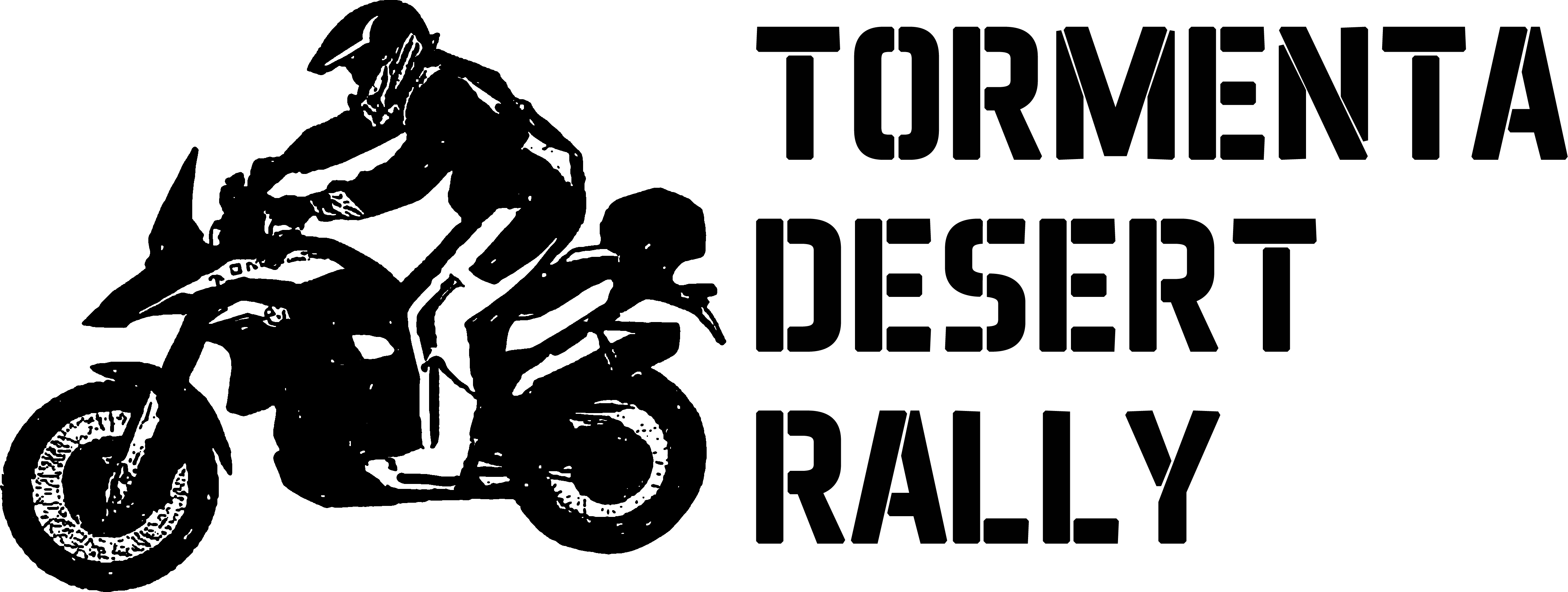Throughout the year, in the desert, I see pass many rallies of all kinds, but that always caught my attention is the Merzouga Rally, by its ability to attract both amateur riders as professionals of the highest level in competition. Participate in this rally, motorcycles, quads and buggies, and there are two main categories: Expert and Pro.
In the two categories pilots must make the same route, taking into account that the Expert is 25% shorter.
Simona and I had the opportunity to work in the Organization during the 2014 Edition, taking care of some control points. In this edition were drivers of the calibre of Laia Sanz and Pål Anders Ullevålseter, who was the winner of the test.
More adventurous than competition
My competitive spirit is reduced, at any level, to a personal improvement. I’ve tried the competition in almost all sports that I’ve practiced, but in what I always enjoy is more training. I want to say that my aim against the competition is based exclusively on own experience and know one part of the sport.
Not obsessed me speed, nor I am a pilot fast, although I am aware that much more technique and safety, more increases the pace naturally.
What makes my Merzouga Rally a special test is precisely that premium navigation rather than speed. The complex road books prevent pilots to reach high speeds, which means that she oscillates between 35 and 40 Km/h. Another of the peculiarities of this rally is the large number of kilometres of sand dunes. Navigate the mountains of sand and reach checkpoints, is no easy task.
First Dakar Series in Africa
It is difficult to predict, after four years, how much longer I will be living in the desert. In this new edition of Merzouga Rally, to be held from 21 to 27 May, and is the first Dakar Series in Africa, I saw a new opportunity to experience new sensations.
Something tells me that I must participate in the Merzouga 2016 Dakar Rally Series, and I feel that I must do it as a tribute for as long as I have been living here, exhibiting the Amazigh symbol to thank the Berber people welcomed me so kindly.
A BMW F 800 GS in the first Africa Dakar Series
This rally do not usually participate many 4t motorcycle (sometimes no). To drive a BMW F 800 GS in the dunes takes many hands and much training. There is a big difference in weight between a bike light as one enduro 450 and a two-cylinder. A 450 with preparation rally/raid weighs about 160 pounds, while the BMW F800GS is in 210 kg.
During the month of may, temperatures can exceed 40 degrees. Getting a motorbike over 200 pounds, in the dunes, is a brutal power wear.
I’m still working on improvements needed for storm to the rally and their livelihoods in the desert. Carry out the modifications ‘in situ‘, on this ground, is really complicated. At the same time, we continue with workouts, taking advantage of that we still enjoy a comfortable temperature. Soon will come the heat and also will need to train with high temperatures.
Suspensions: the mother of the Lamb
You have the bike equipped with a few hangers appropriate to the type of terrain and use, is essential. A well chosen and calibrated suspension offers us many advantages. For example:
-Reduces fatigue while driving, reading and absorbing the irregularities of the ground.
-It reduces the consequences of impacts on the wheels. The bike is less vibration.
-Improves stability and traction.
For demanding driving through the desert, storm is equipped with adjustable cartridges Andreani, radically improving the performance of landing gear.
After making more than 7,000 km with the original rear shock absorber, for a week I have furnished to the BMW F 800 GS with an Öhlins fully adjustable, Swedish brand. This wonder has been built by Andreani MHS Iberian (http://www.andreanimhs.com), specifically for storm and trot to support in the Sahara, as well as take into account my kind of driving.
 |
 |







